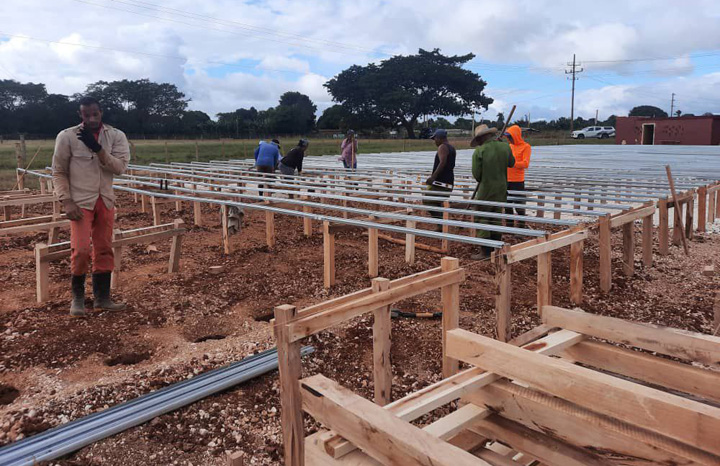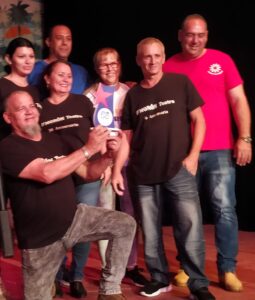With the construction of a technified nursery in the municipality of Venezuela, the international project Mi Costa creates the necessary conditions to re-establish the native vegetation in the area of the southern wetland of Avila, defined as one of its seven direct intervention sites on the southern coast of Cuba.
Alejandro González Díaz, coordinator in this territory of this initiative financed by the Green Climate Fund and the Cuban government, told the Cuban News Agency (ACN) that the establishment, called El Júcaro, will have 120,000 tubetes to conceive seedlings of the species recommended by botanical experts for forest rehabilitation.
The restoration of the swamp forests will improve the diversity of native species, often affected by illegal logging, with the aim of re-establishing ecological functionalities and connectivity for resilience and the maintenance of ecosystem services, he said.
Mi Costa intends to increase the germination rate of seeds of native species located along the intervention areas, for which it establishes technified nurseries in its seven intervention sites, where the seeds will be placed for propagation and subsequent sowing in the areas determined by the specialists.
These actions, together with the rehabilitation of the mangrove forests, will strengthen climate resilience in a low-lying coastal area that is therefore vulnerable to rising sea levels, as well as favouring the conservation of biodiversity and revitalising all the services offered by coastal-marine ecosystems.
González Díaz explained that in Venezuela they are committed to an ecological nursery where they will use sustainable agriculture techniques such as vermiculture, as well as the use of other natural substrates that favour the germination and development of the seedlings.
Respect for the environment will also be guaranteed by the use of photovoltaic systems to extract and irrigate water, in addition to the operation of solar lamps that will guarantee outdoor lighting.
The El Júcaro nursery also represents a dignified and well-paid employment opportunity for four women and three men, thus providing a space to promote the principles of equality and social equity.
In this way, women’s participation in activities related to climate change adaptation is particularly encouraged, as they are considered a disadvantaged group, as a result of stereotypes and gender gaps that limit their integration in this type of work.
Together with the provincial coordination of the project, government authorities and directors of the Ministry of Science, Technology and Environment (Citma) are checking the work and analysing the conditions for the well-being of the workers, with emphasis on issues such as food and salary.
The actions of control of the execution schedule are appropriate to exchange with the workers and make them aware of the importance of the work they will carry out to ensure the sustainability of the actions of the Mi Costa project.
In order to ensure the successful performance of these men and women, the international initiative also incorporates them into its capacity building and strengthening programme for climate change adaptation.
In a recent scientific expedition to assess the state of biodiversity at the Mi Costa project’s direct intervention site in Ciego de Avila, Doctor of Science Ramona Oviedo Prieto, senior naturalist curator of the Cuban National Herbarium, gave precise recommendations for forest rehabilitation.
The botanical expert underlined the importance of recovering the júcaro, a tree species that marked the toponymy of the human settlement located on the southern coast of Avila and which has special significance for the proper functioning and resilience of the ecosystem.
He also recommended the recovery of the palma cana, the hicaco, the bagá, the guamá and other species considered to be flagship species in the wetlands.




